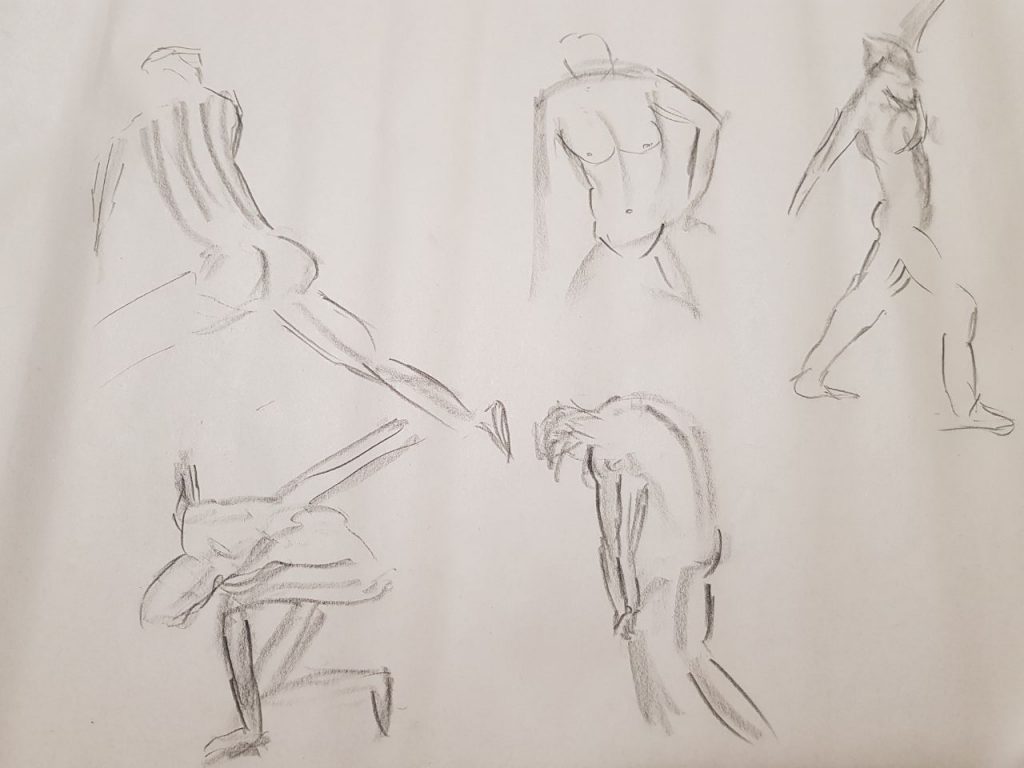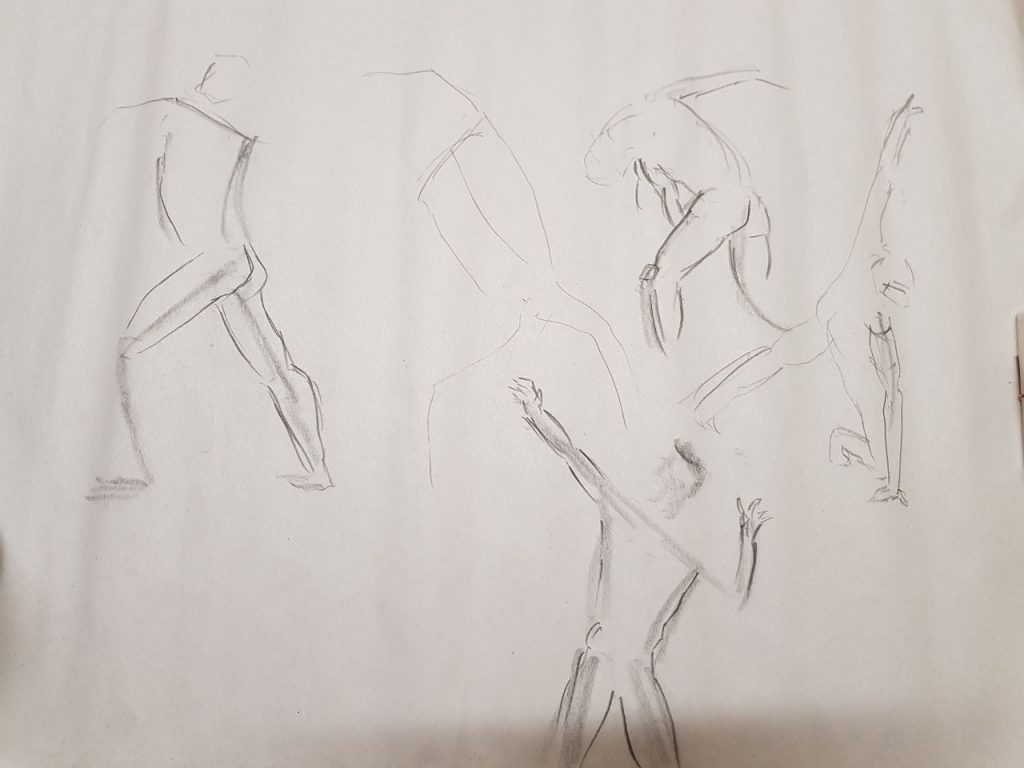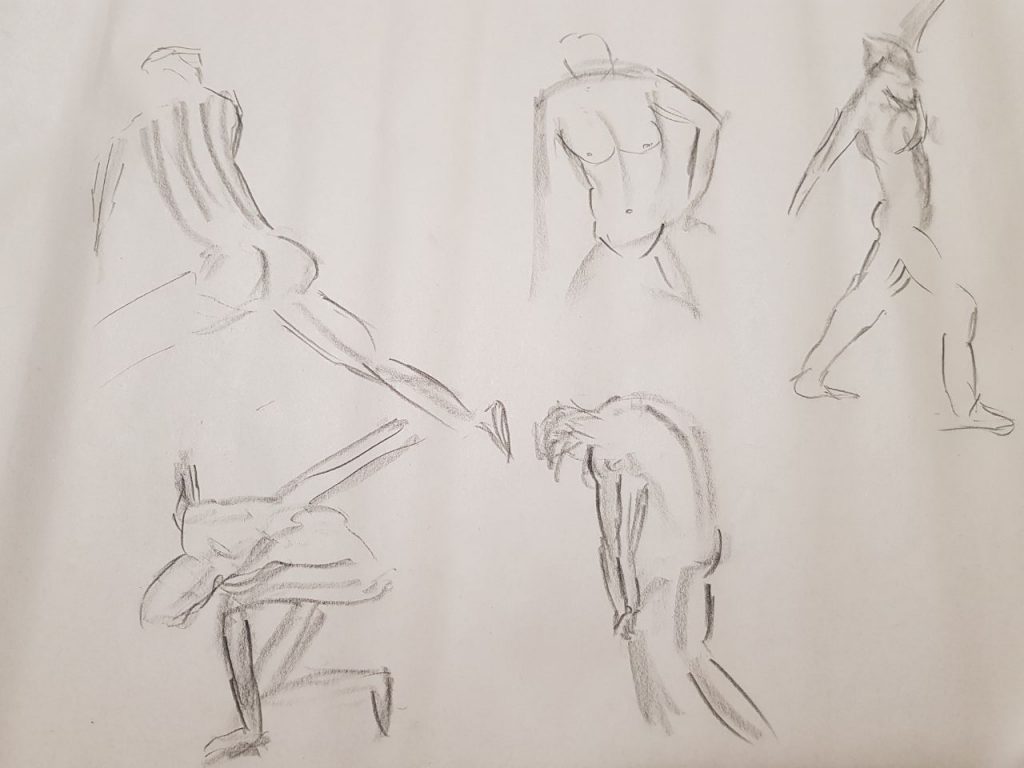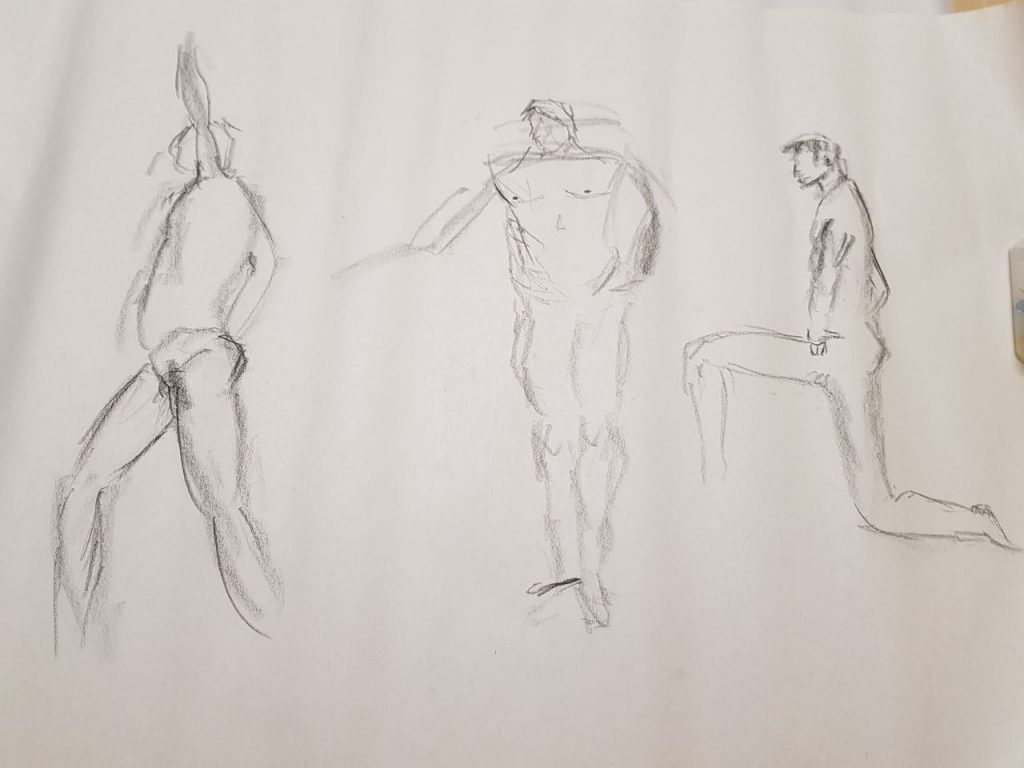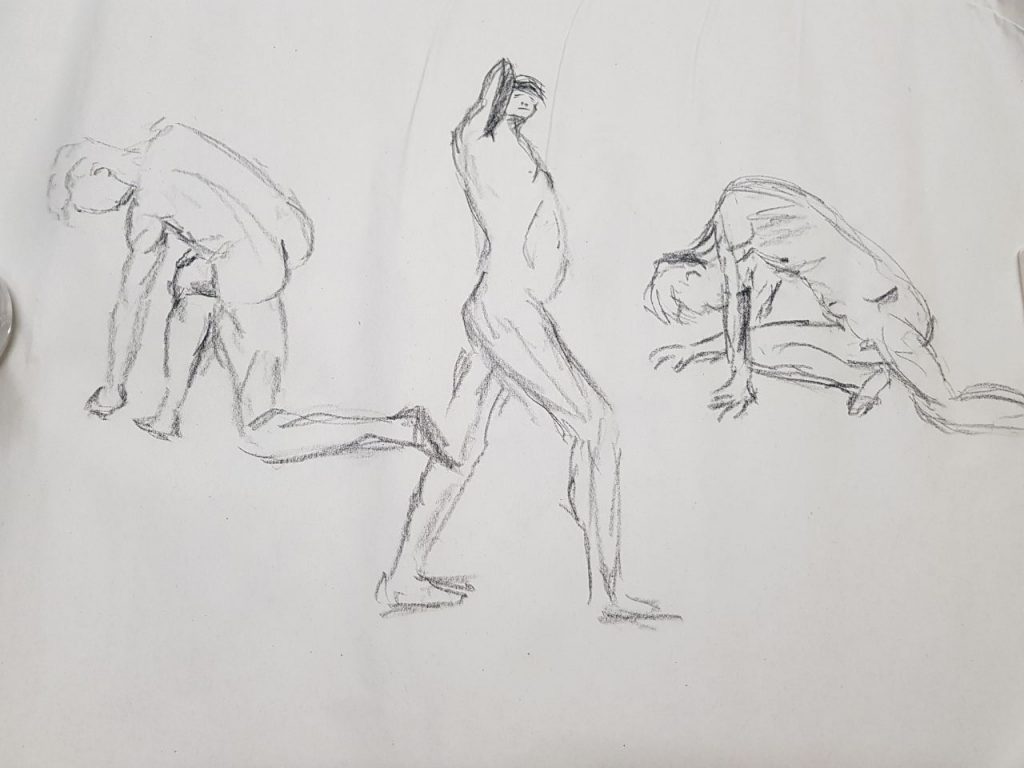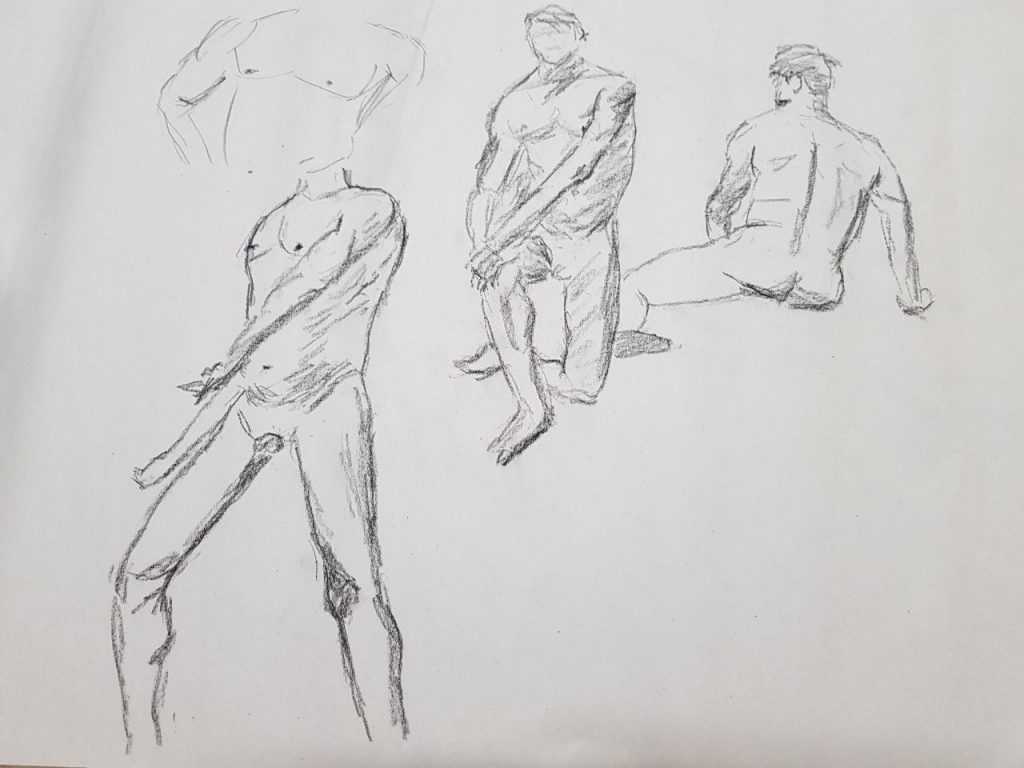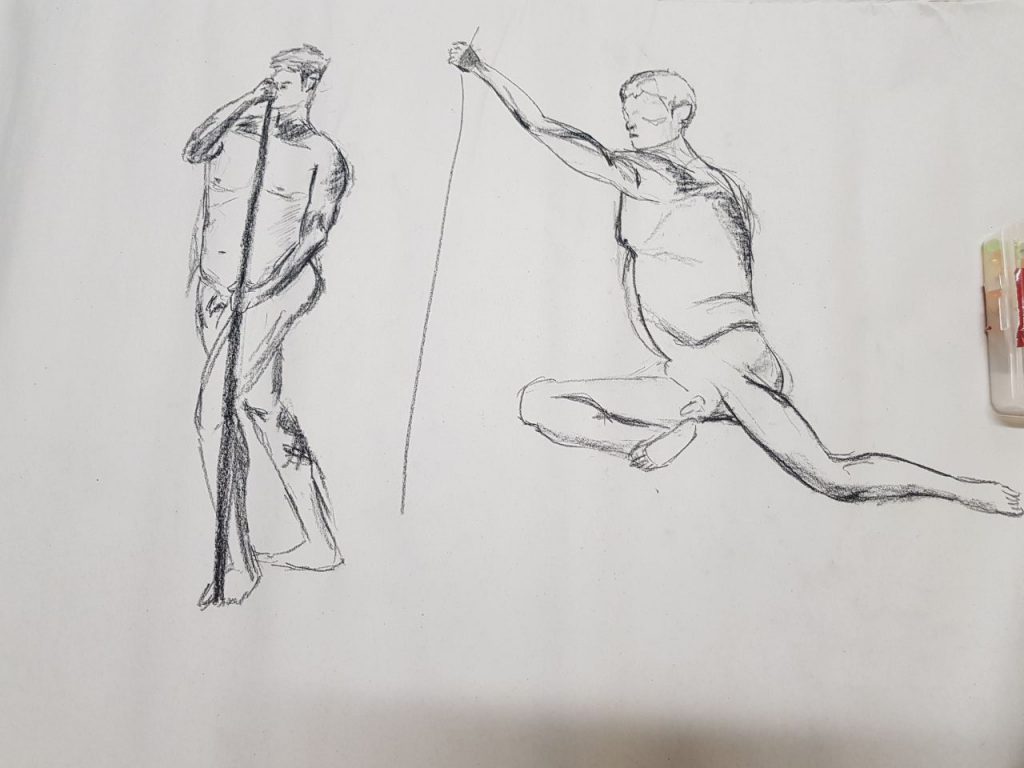Roman Ondak
(Slovak, born 1966)
Measuring the Universe
I found Roman Ondak’s work really special, the simple gesture of recording down the name and particulars of each individual
that went to the exhibition according to their height created a thick line across the room. The work has personality,
creativity and most importantly, to me, it was created through individualism. In participatory art, the artwork grows along
with the participation, and watching the exhibition unfold was really interesting. Roman Ondak portrayed how simple it is
to create an artwork through our uniqueness.
Erwin Wurm
(Austria, 1954)
Ice Head 2003
Erwin Wurm invites participants to interact with the art pieces, which have holes in them specifically for the participants to stick a limb in and pose for a photo. With the involvement of the participants, the art piece, which initially seemed mundane and uninteresting, suddenly comes to life and also has a little bit of humour embedded in the participatory art. In a way, the art piece cannot be recreated in that exact setting, making it more intriguing and unique.




















